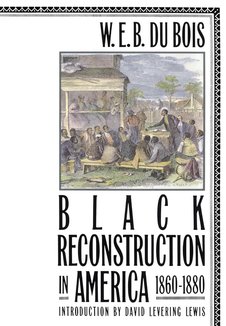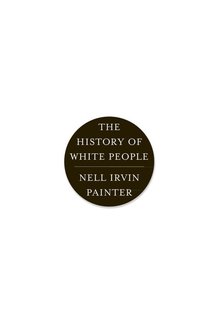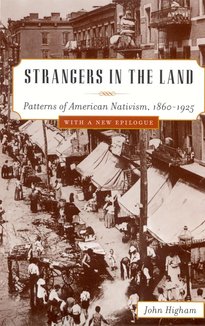Recommended Books

Black Reconstruction in America, 1860-1880
Authors:
W. E. Burghardt Du Bois
,
David Levering Lewis
ISBN 13:
978-0684856575
The pioneering work in the study of the role of Black Americans during Reconstruction by the most influential Black intellectual of his time. This pioneering work was the first full-length study of the role black Americans played in the crucial period after the Civil War, when the slaves had been freed and the attempt was made to reconstruct American society. Hailed at the time, Black Reconstruction in America 1860–1880 has justly been called a classic.

The History of White People
Author:
Nell Irvin Painter
ISBN 13:
978-0393339741
A New York Times Bestseller This terrific new book…[explores] the ‘notion of whiteness,’ an idea as dangerous as it is seductive." ― Boston Globe Telling perhaps the most important forgotten story in American history, eminent historian Nell Irvin Painter guides us through more than two thousand years of Western civilization, illuminating not only the invention of race but also the frequent praise of “whiteness” for economic, scientific, and political ends. A story filled with towering historical figures, The History of White People closes a huge gap in literature that has long focused on the non-white and forcefully reminds us that the concept of “race” is an all-too-human invention whose meaning, importance, and reality have changed as it has been driven by a long and rich history of events. 70 black-and-white illustrations

Strangers in the Land: Patterns of American Nativism, 1860-1925
Author:
John Higham
ISBN 13:
978-0813531236
Higham's work stands as the seminal work in the history of American nativism. The work is a careful, well-documented study of nationalism and ethnic prejudice, and chronicles the power and violence of these two ideas in American society from 1860 to 1925. He significantly moves beyond previous treatments of nativism, both in chronology and in interpretive sophistication. Higham defines nativism as a defensive type of nationalism or an intense opposition to an internal minority on the grounds of the group's foreign connections. By defining nativism as a set of attitudes or a state of mind, he sets the course for his book as tracing "trace an emotionally charged impulse" rather than "an actual social process or condition." As he argues that the ideological content of nativism remained consistent, he uses emotional intensity as a measure to trace in detail public opinion from the relative calm following the Civil War to the Johnson-Reed act of 1924 that severely limited European immigration. Strangers in the Land is, then, a history of public opinion, whose purpose is to show how nativism evolved in society and in action. Higham seeks to explain what could inflame xenophobia and who resisted it. He saw his work as part of a renewed interest in the study of nationalism following the national upheavals in the wake of the McCarthy hearings. Surely Higham's mentor at the University of Wisconsin, intellectual historian Merle Curti, influenced Higham's approach in seeking to examine the power of nationalism as an idea. Also influential was the intellectual climate of the 1950s with its of distrust of ideology and distain of prejudice. Higham admits being repelled by the nationalist delusions of the Cold War, again helping to explain why his study concentrates on seeking some explanation for the irrational and violent outbreaks. The book thus focuses on points of conflict, "antagonisms that belong within ideologies of passionate national consciousness." For example, Higham's explains the 100 percent American movement in terms of progressive ideals and the desire of Americans to shape immigrants into a particular ideal of "Americanness" through education and assimilation. This intellectual construct eventually gave way to the racial thinking to which Higham assigns much influence in the efforts to restrict immigration. Ideology is also central to his chapter on the history of the idea of racism in which he argues that Anglo-Saxon nationalism, literary naturalism and a nascent understanding of genetics combined to bring forth arguments for immigration restriction to preserve the racial purity of the American people. Thus, key for Higham's argument is the power of ideas in shaping individual behavior and thereby shaping history. This text is an absolute must-read for anyone seeking to understand American nativism and the darker side of nationalism.